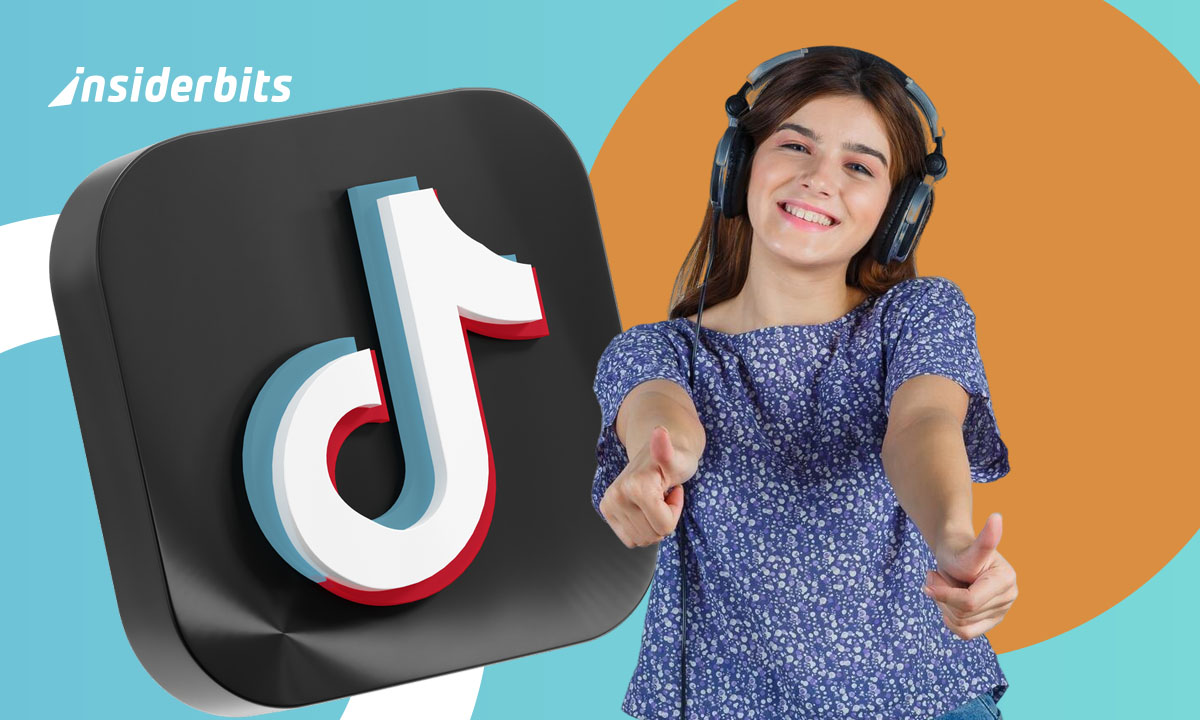Mastering AI prompts is now one of the most valuable digital skills, especially when using chatbots powered by advanced AI models. While anyone can type a question and get a response, the true potential of these tools emerges when the prompt is clear, well-structured, and purpose-driven from the start.
This article reveals how small tweaks in your wording can unlock deeper, more accurate answers in apps like ChatGPT and PromptHero. Whether you’re writing for business, learning, or creative tasks, knowing how to shape your query makes all the difference in speed, tone, and relevance. Here at Insiderbits, we explore how prompt engineering has quietly become a core productivity strategy in the AI era.
Understanding the Importance of Effective Prompts
Users who are mastering AI prompts are able to set the context and tone for what comes next. Chatbots rely on structure and intent to interpret your request accurately and deliver answers that actually serve your goal.
When you phrase a request vaguely, the AI fills in the blanks on its own, which can lead to generic or misaligned responses.
But when you give it structure, even through step-by-step instructions or clear formatting, you guide the model toward clarity and usefulness.
This becomes even more powerful when used across tasks like writing summaries, generating code, or conducting mock interviews. Prompt quality directly affects the output quality.
That’s why learning to think like a machine, while writing for a human outcome, builds a communication bridge between user and AI that multiplies your efficiency instead of creating noise.
Common Mistakes When Interacting with AI
Many users underestimate the impact of their wording when communicating with AI, often typing broad or ambiguous instructions that leave the chatbot guessing.
In the end, this leads to replies that feel vague or disconnected from the original intent.
One frequent mistake is overloading the prompt with too many ideas at once, making it difficult for the AI to determine the core objective.
Spreading thoughts across multiple prompts or breaking them into steps helps sharpen results without overwhelming the system.
In addition to that, some users also treat the AI like a human with implied context, skipping key details or assuming shared understanding.
Of course, since chatbots operate based on explicit input, every omitted variable can change the outcome dramatically.
Finally, rephrasing without reflection is another common trap. When an answer misses the mark, users tend to retype the same idea with slightly different words rather than adjusting scope, context, tone, or structure.
Overall, mastering AI prompts is iterative, but it also requires insight.
Tools to Enhance Your Prompting Skills
Several tools have emerged to help users on mastering AI prompts, especially for those aiming to improve consistency or unlock advanced outputs across different AI models.
PromptHero, for instance, curates thousands of successful prompts categorized by purpose, tone, and app compatibility.
Its interface allows users to explore trending queries used in image generation, content creation, or programming support.
On the other hand, Promptist brings a unique twist with its AI-powered suggestions that rewrite or refine your original query in real time.
This tool detects vague expressions or missing parameters, offering enhanced versions that usually yield more accurate and nuanced replies.
Also, some tools even simulate prompt outcomes, helping users compare performance across multiple platforms before finalizing their text. This sandbox approach speeds up testing while reducing trial and error.
Together, these resources lower the learning curve and turn prompt writing into a measurable skill.
With regular use, they build awareness around structure, specificity, and tone, elements essential for mastering any intelligent system.
Real-World Applications of Prompt Engineering
Mastering AI Prompts engineering is no longer confined to tech circles; it’s actively changing how professionals operate across industries in content creation, software development, or customer support, refining prompts that now drive both efficiency and innovation.
In marketing, teams use structured prompts to generate engaging copy, A/B test headlines, and simulate customer personas.
The ability to iterate format or brand voice from a single command gives creators greater control while saving hours of manual work.
Moreover, educators and coaches rely on prompt frameworks to generate tailored lesson plans, quizzes, and real-time feedback loops.
This custom delivery adapts to each learner’s style without sacrificing quality or accuracy, particularly when used with AI tutoring assistants.
Developers also benefit from prompt engineering in code generation, since well-crafted instructions help LLMs generate reusable functions or explain logic in plain English, making collaboration and onboarding easier.
As companies embrace AI integration, prompt design becomes a strategic tool.
In summary, professionals who understand its power tend to lead innovation inside their teams, unlocking creative possibilities and smarter automation.
Mastering AI Prompts: How to Get the Best Out of Chatbots – Conclusion
Mastering AI prompts is a gateway to productivity and creativity in an increasingly automated world.
By avoiding common missteps and adopting tools that guide structure and tone, users gain sharper control over outputs and insights. From writing assistants to technical copilots, prompts define the quality of every AI interaction.
As you explore real-world applications and refine your technique, you’ll find that even the simplest phrase can unlock extraordinary results when phrased with intention.
Related: Claude AI: The Smartest Chatbot You Haven’t Tried Yet
Enjoyed this article? Save the Insiderbits blog to your favorites for the latest tools, creative tech tips, and photo editing breakthroughs.




